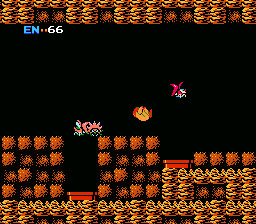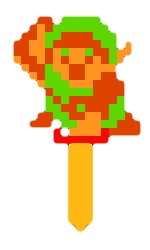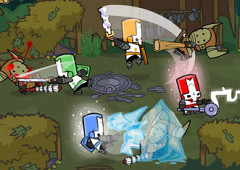 One of the most famous classic gaming moves, Screw Attack, is one of Samus Aran’s best power suit moves in Metroid. It was powerful enough to kill most enemies by contact; one hit for one kill.
One of the most famous classic gaming moves, Screw Attack, is one of Samus Aran’s best power suit moves in Metroid. It was powerful enough to kill most enemies by contact; one hit for one kill.
What makes this special attack at retro gaming classic is its well balanced game play style. Although Screw Attack is enormously powerful it required Samus to jump at full length to trigger. On more than one occasion gamers would use their Screw Attack to kill an enemy easy to find they don’t have a great platform to stand on and land in the lava, in a worse situation than they started.
Game developers knew they had a hit on their hands, as Screw Attack makes an appearance in many of the future Metroid games after the original NES release. The power up had the ability to trigger at will, if somersaulting of course, yet requires skill and respect to use to perfection.
Screw Attack gives gamers a nice piece of mind, knowing a risky jump won’t end you with a tap from a flying enemy and a bath in the lava. You could freely jump and destroy annoying little enemies whom have no other goal but to get in your way and slowly take away energy with each tiny hit.
On one hand Screw Attacks main purpose is to allow a gamer to jump through areas in levels quickly without an extreme annoyance from starter enemies strategically placed to add challenge. As Samus grows in power the beginning enemies aren’t the true threat and thus are wiped from the level as you go. You become more worried when encountering new, stronger enemies who cause real harm to you and your super suit.
This retro move is placed perfectly in level progression, making you feel a great sense of accomplishment when aquiring it (it’s not just another missile pack) and allows you to progress into deeper caverns without utter fear at every tap. Powerful enough to invoke when needed but weak enough to leave you vulnerable in closed quarter battle.
Screw Attack, a Retro Gaming Move.

 Now even Bethesda is saying
Now even Bethesda is saying  Although we weren’t able to get a free copy to give away for
Although we weren’t able to get a free copy to give away for  Nintendo considering changing
Nintendo considering changing